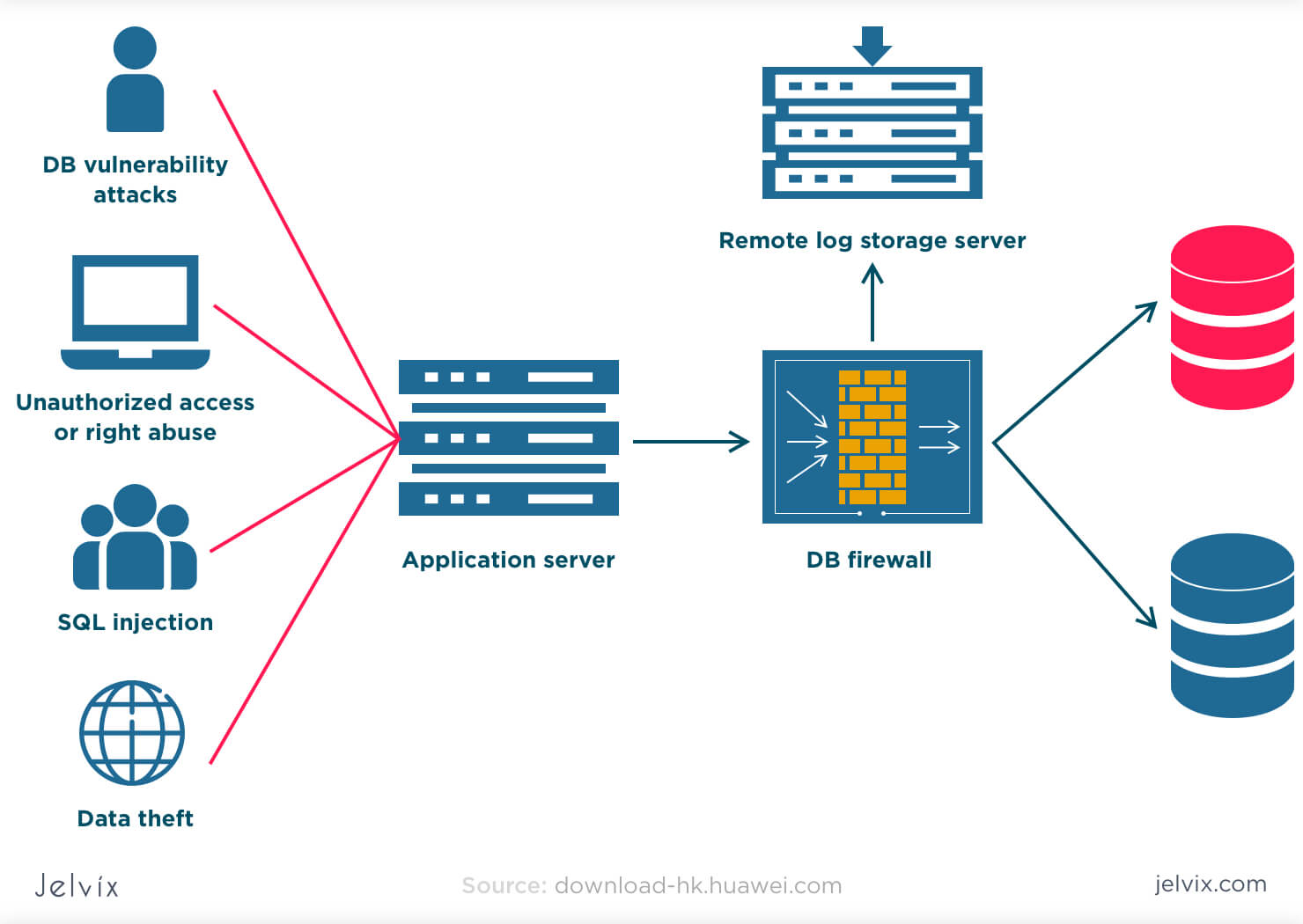Civil engineering technology has come a long way in recent years, with innovative advancements transforming the industry. From virtual reality simulations to modular construction techniques, the latest innovations are changing the way we build and maintain infrastructure. In this blog post, we’ll explore some of the most exciting new technologies in civil engineering.
Virtual Reality Simulations
Virtual reality (VR) technology has been used in the gaming and entertainment industries for years, but it’s now making its way into civil engineering. VR simulations allow engineers and architects to visualize projects in 3D, providing a more accurate representation of the final product. With VR, designers can detect any design flaws early on before construction starts, saving costs and time. Additionally, VR technology offers a more immersive experience for clients, making it easier for them to make design decisions.
Modular Construction
Modular construction involves the use of pre-fabricated building elements that are manufactured offsite and then transported to the construction site. This technique has numerous benefits over traditional construction methods, including reduced construction time, lower costs, and increased safety. Modular construction is also more environmentally friendly as less waste is produced on site, and the building is more energy-efficient.
Self-healing Concrete
Concrete is the most widely used building material in the world, and it’s known to develop cracks over time that can lead to structural issues. However, self-healing concrete technology solves this problem. This technology involves adding microcapsules of a healing agent to concrete. When the concrete cracks, the capsules break open, allowing the healing agent to flow into the crack and solidify, effectively fixing the crack.
Drones and Robotics
Drones and robotics are increasingly being used in civil engineering to inspect and maintain structures. Drones can easily access hard-to-reach or dangerous areas, making it easier to detect structural issues. Additionally, drones can provide detailed aerial mapping data that can be used for surveying or construction planning. Robotics are also being used on construction sites, performing tasks that are dangerous or difficult for human workers, such as heavy lifting.
Green Infrastructure
Traditional infrastructure often negatively impacts the environment, but green infrastructure has changed that. Green infrastructure involves the use of natural or engineered systems that mimic natural processes to manage water and create a more sustainable environment. Examples of green infrastructure include green roofs, rain gardens, and permeable pavement. Green infrastructure projects provide numerous benefits, such as improved water quality, increased biodiversity, and enhanced public spaces.
In Conclusion
Civil engineering technology is constantly evolving, bringing about new and exciting advancements that improve safety, efficiency, and sustainability. From virtual reality simulations to green infrastructure, the latest innovations are changing the way we build and maintain infrastructure. As these technologies continue to become more advanced, we can expect even more groundbreaking developments in the future.











